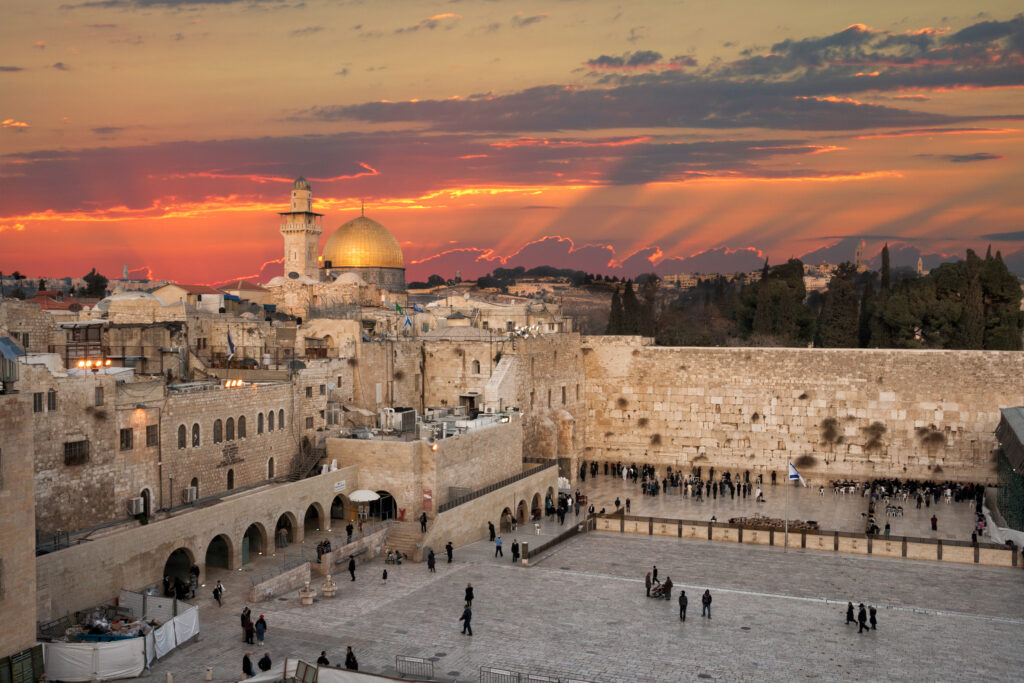The Western Wall: A Historical Overview
The Western Wall, also known as the Wailing Wall or the Kotel, is one of the most famous and oldest holy sites in the world. Located in the Old City of Jerusalem, the Western Wall has been a place of worship and pilgrimage for Jews since antiquity. It is believed to be the only remaining portion of the Second Temple, which was destroyed in 70 AD by the Romans. This site is also sacred to Muslims, as it is the closest point to the Dome of the Rock, the third holiest site in Islam.
For centuries, Jews have come to the Western Wall to pray, lament, and reflect. The Wall is also a place of pilgrimage for Jews from all over the world, who come to pay their respects and offer up their prayers.
Structured History and Meaning
The Western Wall is believed to have been built around 19 BC by King Herod the Great. It was part of a massive construction project that included the Second Temple, a structure that was considered to be one of the most magnificent buildings in the world at the time.
The Western Wall is a symbol of Jewish identity and resilience. It is a reminder of the destruction of the Second Temple and a symbol of hope for the future. The Wall has been a source of inspiration for generations of Jews, who have come to the Wall to pray and seek solace.
The Wall is also a place of mourning for the Jewish people. It is a reminder of the suffering and persecution that the Jews have endured over the centuries. It is also a place of hope, where Jews come to pray for a better future.
The Wall is also an important symbol to Muslims. For Muslims, the Wall is a reminder of their shared roots with the Jews. It is seen as a reminder of the common beliefs and values that Muslims and Jews share.
The Western Wall Today
Today, the Western Wall is a popular tourist destination. It is also a place where Jews and Muslims come together to share their common history and beliefs. The Wall is also a popular venue for special events, such as weddings and Bar Mitzvahs.
The Wall is managed by the Western Wall Heritage Foundation, an organization that is responsible for the upkeep and maintenance of the site. The Foundation also works to promote religious tolerance and understanding between Jews and Muslims.
Visiting the Western Wall
Visiting the Western Wall is a powerful experience. Visitors are encouraged to dress modestly and to respect the sanctity of the site. Women and men are separated in different sections of the Wall, and visitors are asked to take off their shoes before entering the area.
The Western Wall is open to visitors 24 hours a day, 365 days a year. Visitors can take part in guided tours or explore the area on their own. There is also a special prayer section at the Wall, where visitors can pray and reflect.
Conclusion
The Western Wall is a powerful and sacred site that has been a place of pilgrimage and reflection for Jews and Muslims for centuries. It is a reminder of the shared history of these two religions and a source of hope for a better future. Visiting the Western Wall is an emotional and spiritual experience that will stay with you for a lifetime.

